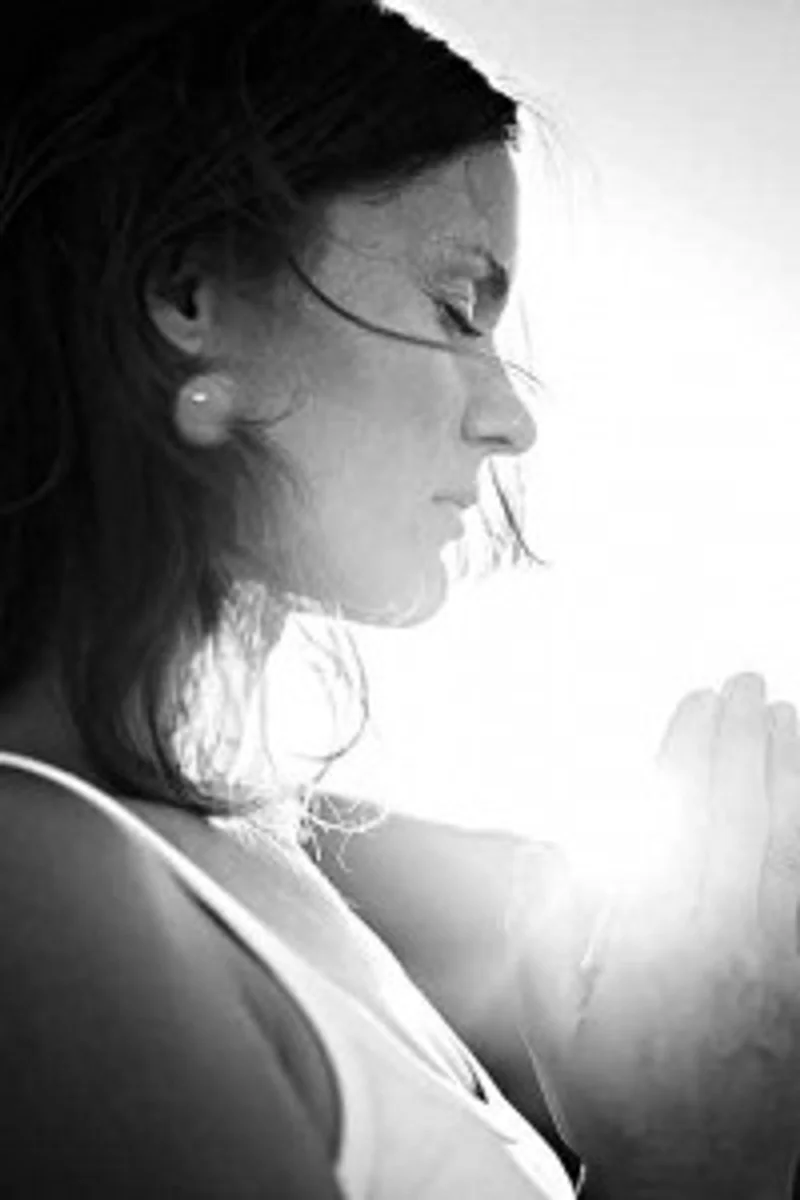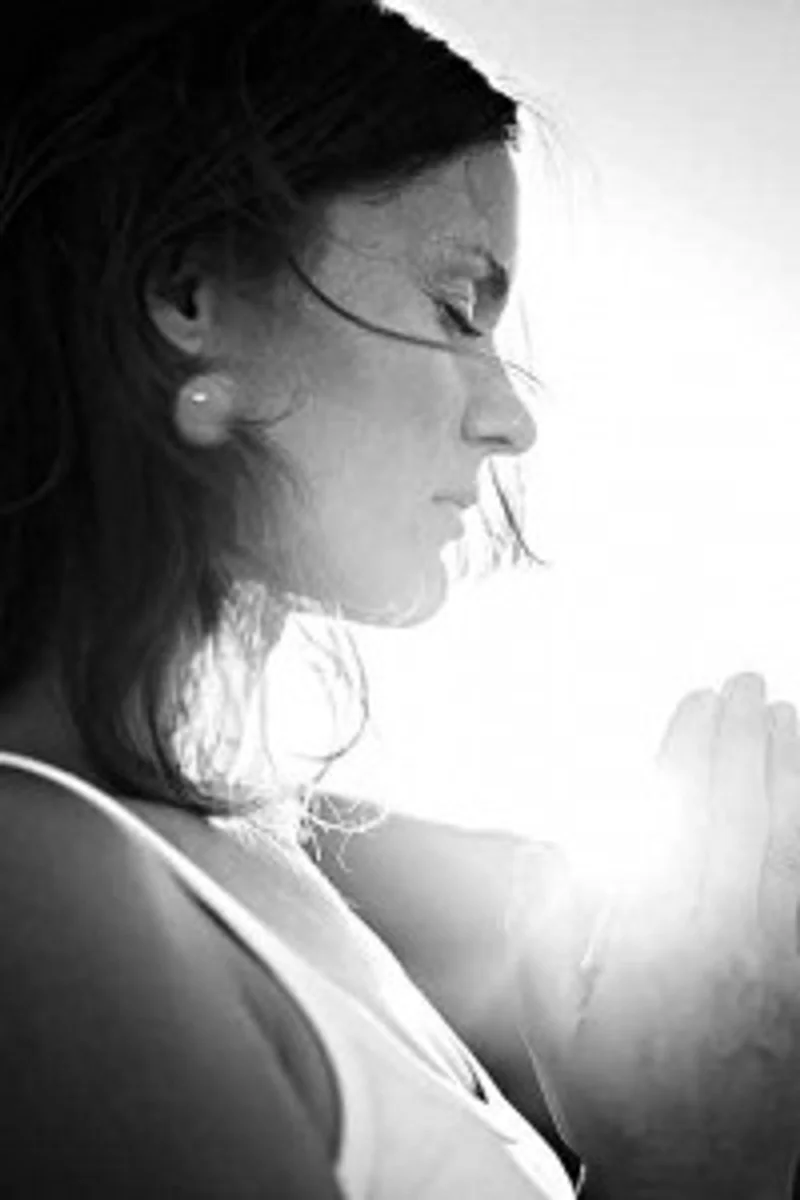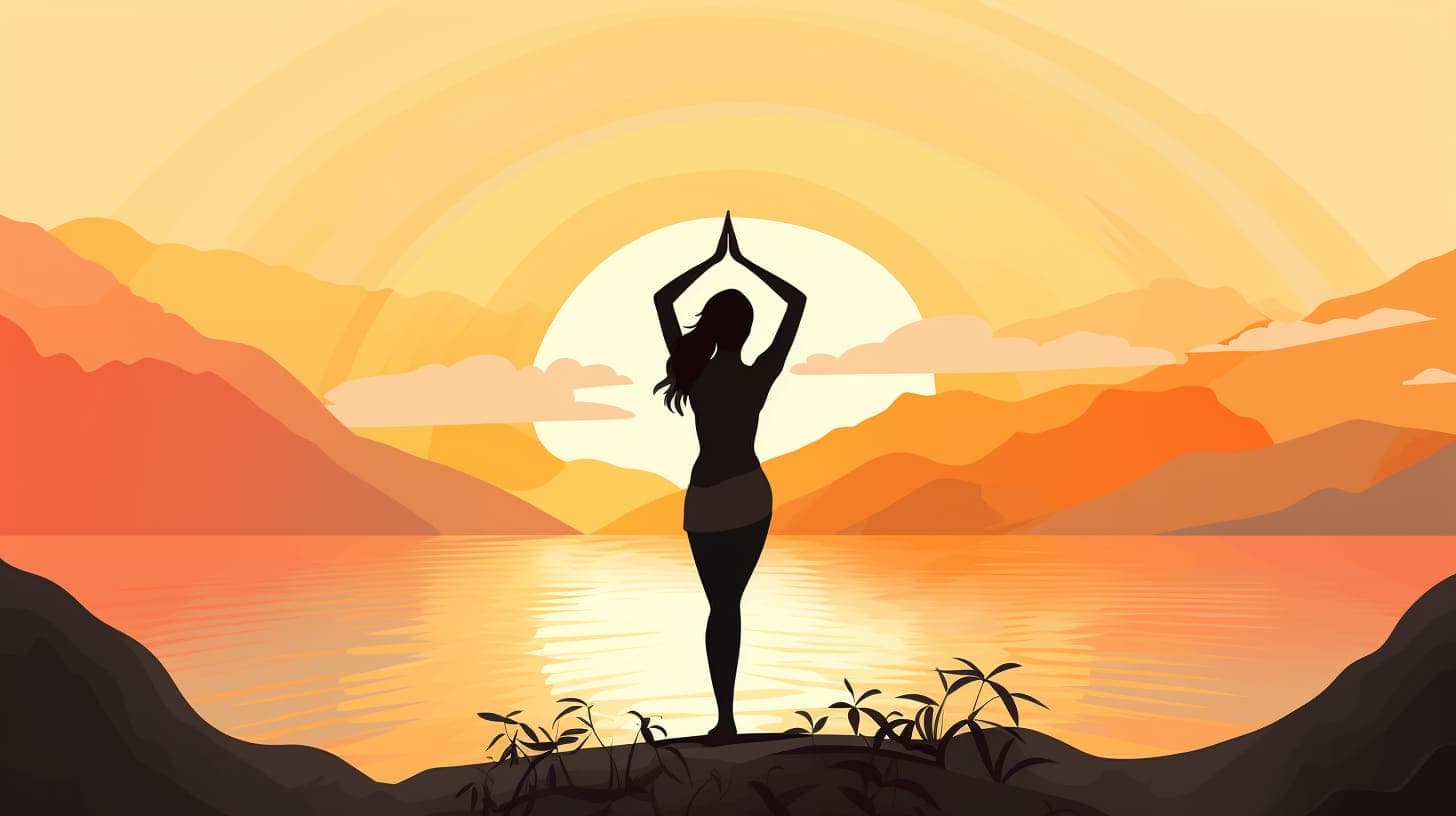
Contemplating Meditation? Consider a Retreat
One Woman’s Journey to Discovering Meditation Despite practicing yoga for more than 15 years, I had never really thought much about the meditative component of my practice. While my mind was much calmer in the yoga room, truth be told, I sometimes wonder how present I really was. I was doing, not being, and would more often than not, revert to overdrive as soon as I left the studio. In retrospect, I believe my meditative practice was more about mindlessness than mindfulness. And then, two years ago, a yogi friend of mine started caring for someone that was dear to him who was dying from terminal cancer. Despite the pain of watching someone close to him die, my friend not only remained grounded in calm, but in inner peace. To be able to revert from sadness to peace or from anger to love is truly an exceptional gift in which I was in awe. As I’ve learned, true yogis don’t preach, but emulate. His lovingkindness was contagious – and thus began my journey into mediation. With little information on techniques, I tried to practice mediation techniques in the mornings in my living room before my kids would wake, but the distractions were too much -- for me, at that time. It was then that I decided to attend a daylong retreat at Spirit Rock, a meditation center in Marin County, California. The daylong retreat included systematic instructions, silent sitting, walking meditation, and a dharma talk. And yet, I left feeling more frustrated then when I arrived. Despite spending the entire day, meditation was not coming naturally to me. So was my ate even in yogadom of expecting immediate knowledge and gratification. 
About the Author
The Yoga Simple Team is dedicated to making yoga accessible and enjoyable for everyone. With a focus on practical tips and mindful living, we help you integrate yoga into your daily life.
Related Posts

Starting Your Day with a Morning Yoga Routine
Embrace the power of morning yoga to transform your day. From energizing stretches to mindful meditation, find out how to start your day right.

Techniques to Improve Concentration and Reduce Stress through Yoga
In today's fast-paced and high-stress society, finding a balance between work, personal life, and self-care is often challenging. Amidst these pressures, it's...

Yoga and Mindfulness: Achieving Mental Clarity and Peace
Hey there, yoga enthusiast! Ever found yourself in a mental maze, unable to navigate your thoughts or find mental peace? I mean, who hasn't, right? Well, let m...